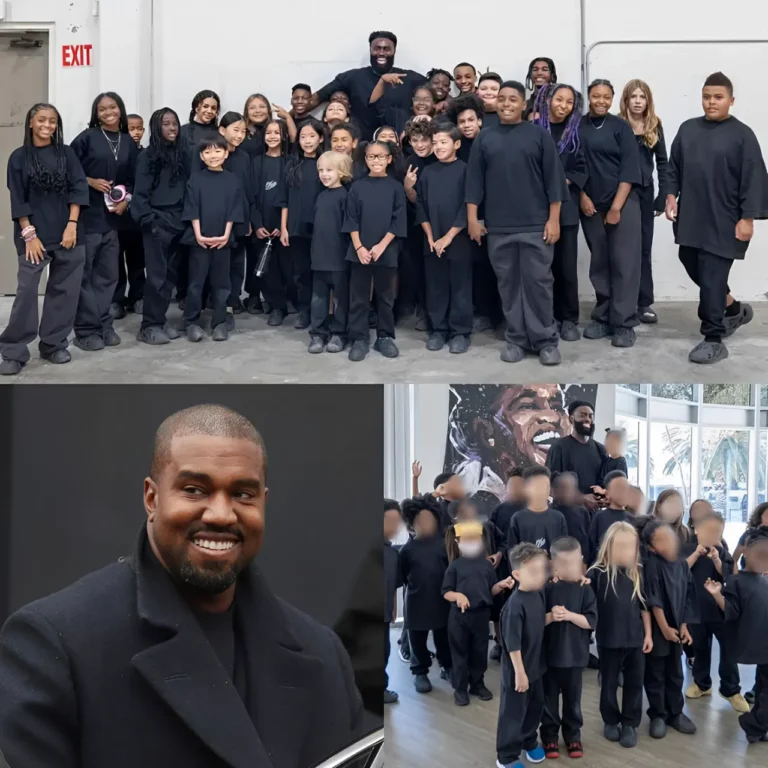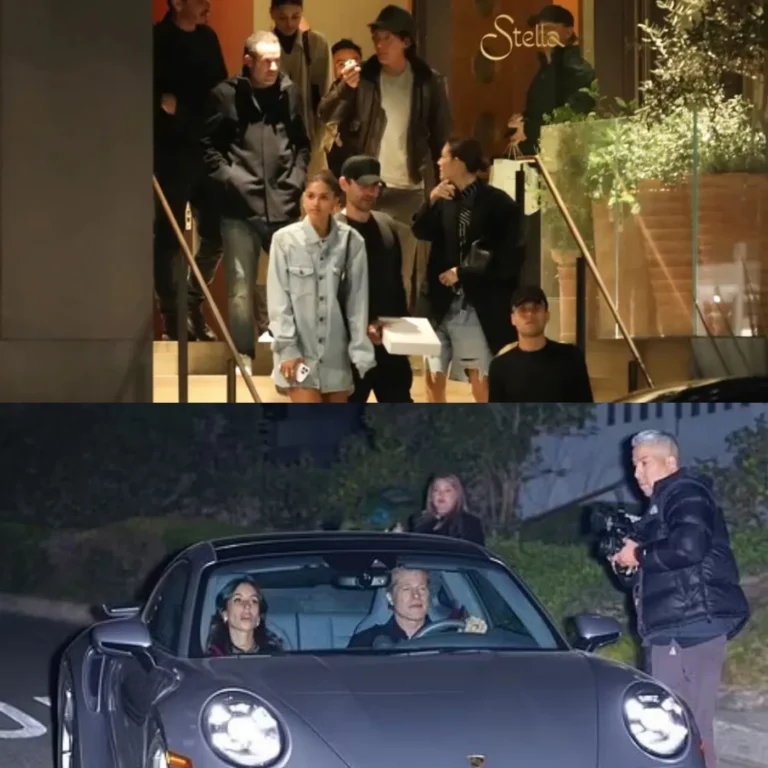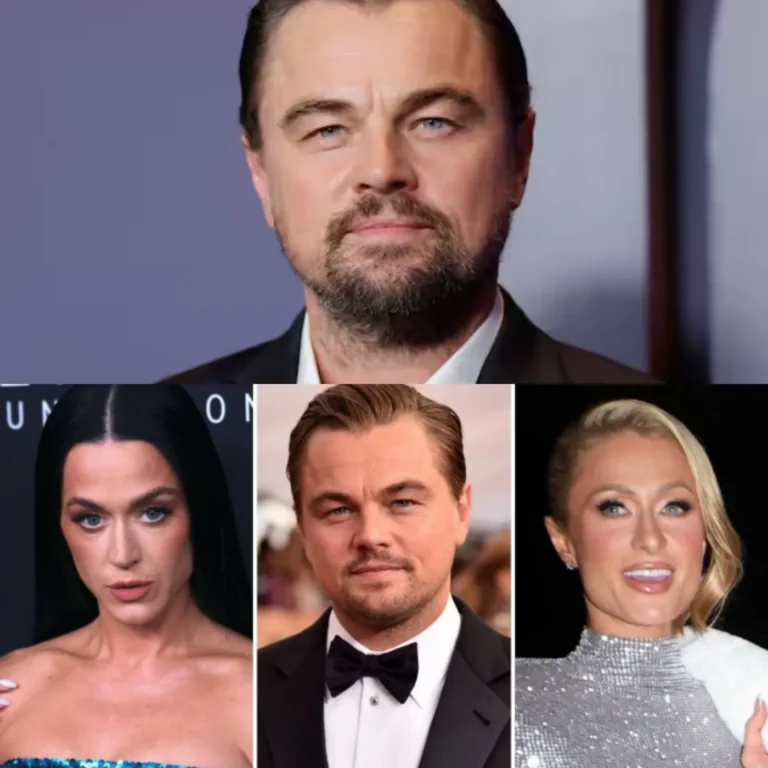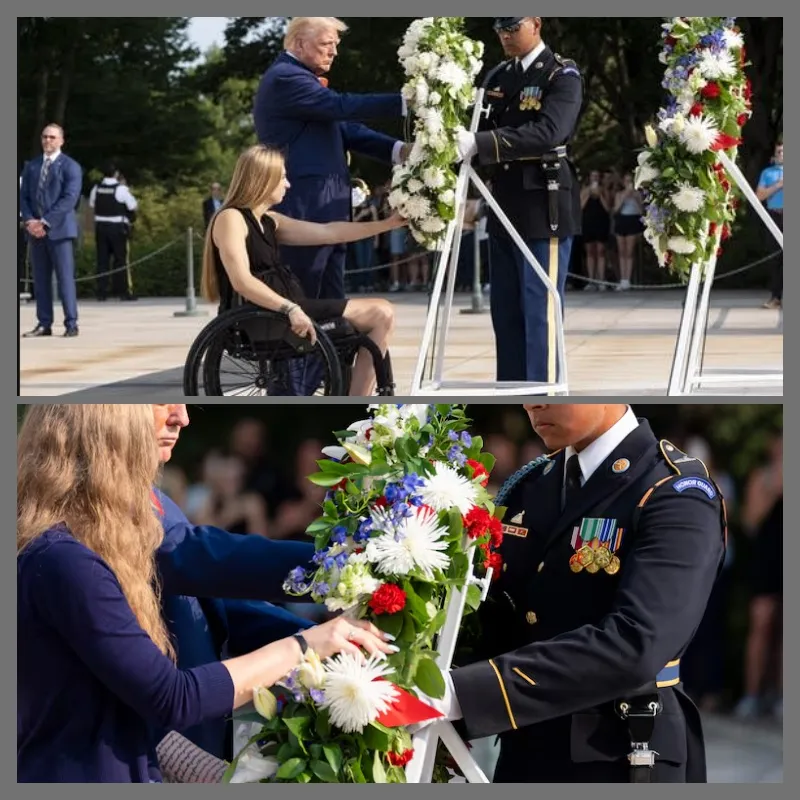
Controversy at Arlington National Cemetery: Trump Campaign’s Disputed Conduct
The Trump campaign is at the center of a controversy following an altercation at Arlington National Cemetery during a wreath-laying ceremony held to honor service members killed during the Afghanistan War withdrawal. The incident, which occurred in Section 60 of the cemetery, has ignited a debate over the campaign’s actions and raised questions about the appropriate conduct during solemn military ceremonies.
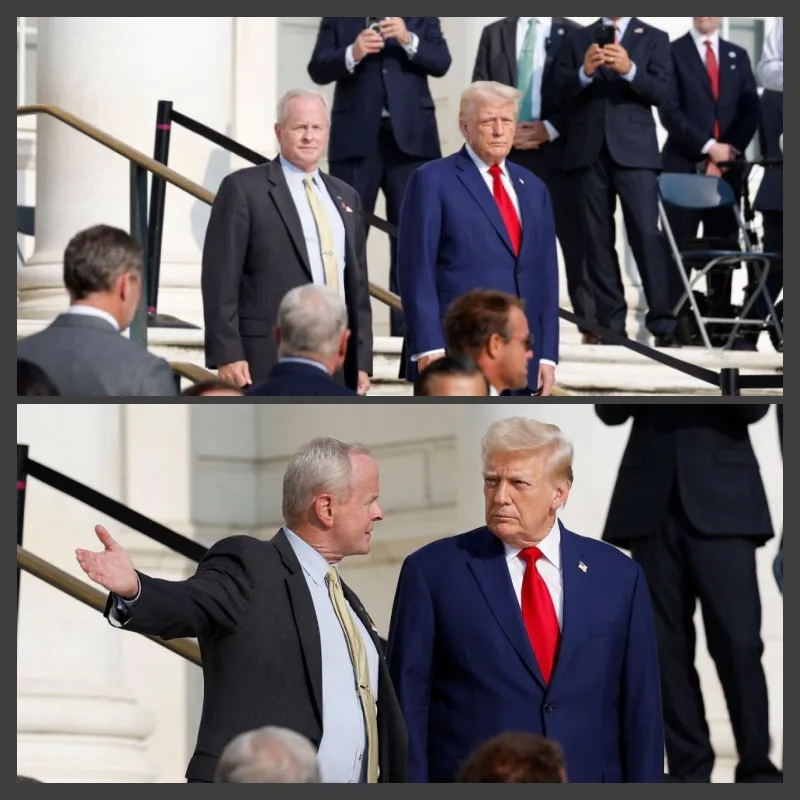
The Incident and Conflicting Accounts
The altercation reportedly took place on Monday when Donald Trump and his campaign team visited Arlington at the invitation of families of the 13 service members who lost their lives in the Kabul airport bombing three years prior. According to a defense official who spoke anonymously to the Associated Press, the Trump campaign had been explicitly warned not to take photographs in Section 60, a sacred area reserved for military personnel killed in Afghanistan and Iraq.
Despite this warning, campaign staff members allegedly attempted to film and take photographs during the event. When a cemetery official intervened to stop them, tensions escalated. NPR reported that two Trump campaign staff members “verbally abused and pushed” the official, leading to a confrontation that has since sparked widespread criticism.
The Trump campaign, however, disputes this version of events. In a statement, Trump spokesperson Steven Cheung claimed that the campaign had been granted permission for a private photographer. He denied any physical altercation, suggesting instead that an unnamed individual, whom he described as “clearly suffering from a mental health episode,” had attempted to block members of Trump’s team during the ceremony. Cheung emphasized that the campaign conducted itself with “utmost respect and dignity” during the event, which was intended to honor the fallen service members.
Political Repercussions and Public Reaction
The incident has drawn significant backlash, particularly from political figures and military families. Democratic U.S. Rep. Gerry Connolly of Virginia has called for greater transparency, urging cemetery officials to release more information about what transpired. Connolly condemned Trump’s actions, accusing him of desecrating the hallowed grounds of Arlington for political purposes. He described the behavior of the Trump campaign as “abhorrent and shameful,” asserting that it was a stark example of placing politics above respect for military service members.
On the other hand, Trump campaign adviser Chris LaCivita defended the team’s conduct, reiterating that Trump was present at the invitation of the families of the service members killed in the Kabul bombing. LaCivita criticized those spreading what he described as “lies,” arguing that such behavior dishonors the military personnel buried at Arlington. He also questioned the motives of the cemetery official involved, calling their actions “a disgrace” to the sanctity of the cemetery.
The controversy has also permeated the broader political landscape, with Trump’s running mate JD Vance addressing the incident during a campaign event in Erie, Pennsylvania. Vance downplayed the altercation, suggesting that the media had blown the situation out of proportion. He instead redirected criticism toward the Biden administration’s handling of the Afghanistan withdrawal, which he called “disgraceful,” particularly in light of the Kabul bombing. Vance’s comments, however, did little to quell the growing concern over the Trump campaign’s conduct during the Arlington ceremony.
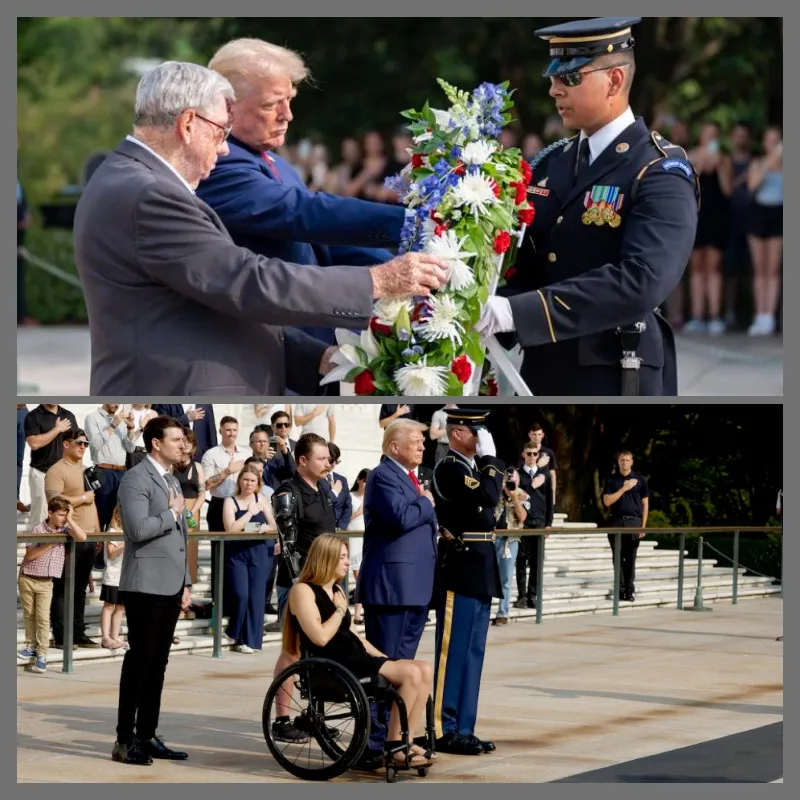
Broader Implications and Public Scrutiny
This incident at Arlington National Cemetery highlights the ongoing tensions between political activities and the reverence afforded to military sites. Arlington, as the final resting place for over 400,000 service members, veterans, and their families, is governed by strict regulations that prohibit political activities, including photography or filming for campaign purposes. The Trump campaign’s actions, whether intentional or not, have sparked a broader conversation about the respect and sanctity owed to such sites, especially during events meant to honor fallen service members.
The controversy has also extended beyond the Trump campaign. Utah Governor Spencer Cox faced criticism for including a photo of himself and Trump at the Arlington ceremony in a campaign email soliciting donations. The photo, which was intended to honor Sgt. Darin Taylor Hoover, a Utah resident killed in the Kabul bombing, was seen by many as politicizing a solemn event. Cox later apologized for the misstep, stating that the photo was not intended to be used for campaign purposes and should not have been sent.
The altercation at Arlington National Cemetery has sparked a heated debate over the boundaries of political conduct in sacred spaces and the implications of the Trump campaign’s activities during military ceremonies. As the story continues to unfold, it serves as a reminder of the deep sensitivities surrounding military sites and the expectations of respect and solemnity during events meant to honor the nation’s fallen heroes. The incident at Arlington has not only drawn scrutiny to the Trump campaign but also highlighted the broader issue of how political actions are perceived in the context of military respect and honor.
